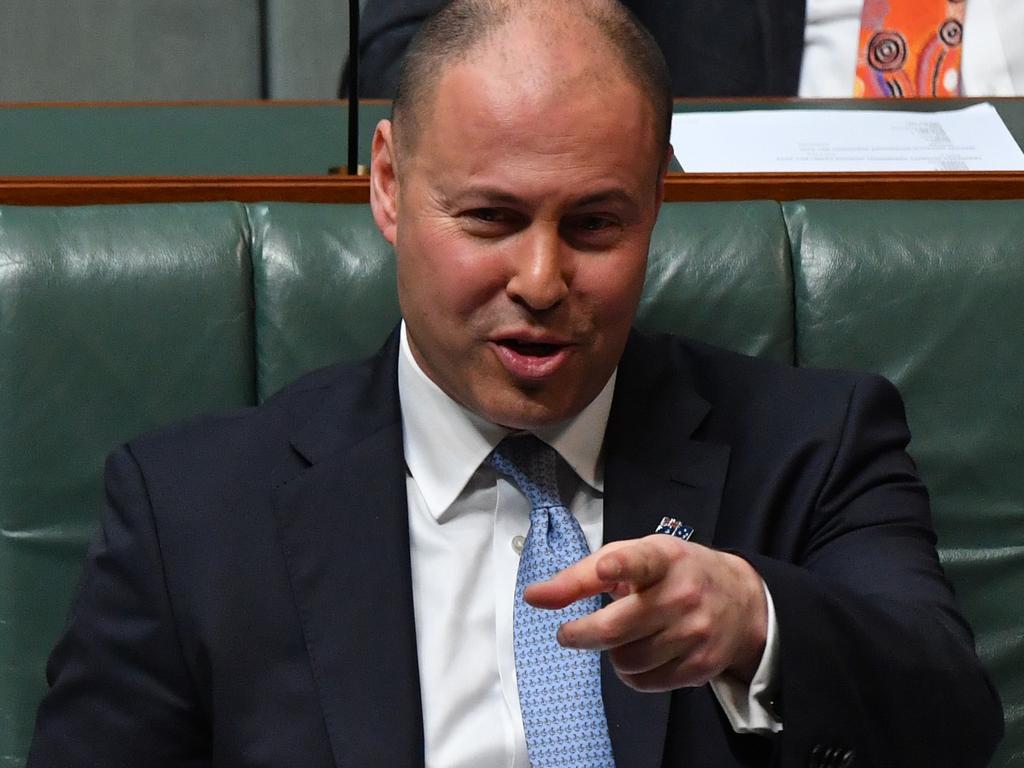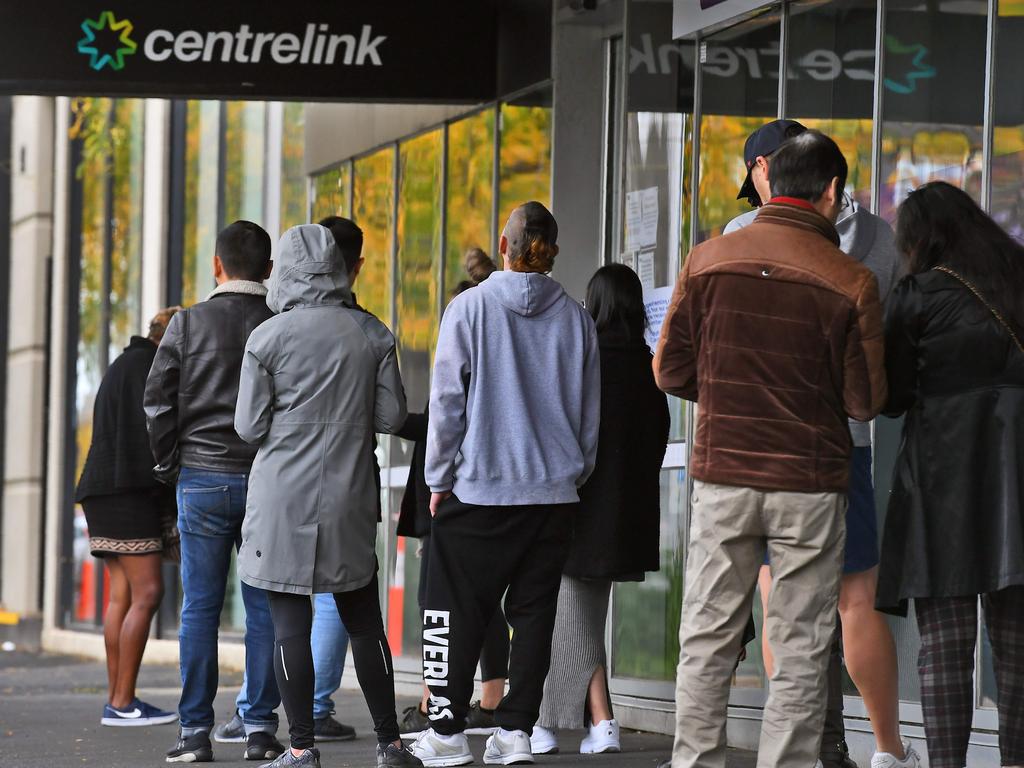Little cash left to splash for zombie firms
Reserve Bank research emerges suggesting more than 11 pet cent of firms faced ‘zero or negative’ cash holdings this year.

Leading liquidator McGrathNichol has cast doubt on the effectiveness of the government’s supercharged business investment incentives, as Reserve Bank research emerges suggesting more than 11 pet cent of firms faced “zero or negative” cash holdings this year.
McGrathNichol, a specialist advisory and restructuring firm, said businesses saddled with excessive debts would not be able to fund investments while those unable to make a profit wouldn’t benefit anyway from the government’s generous new asset write- off rules, announced in Tuesday’s budget.
“If a particular company has a long journey to profitability, it may simply run out of cash before it has the ability to make investments, and enjoy the cash benefit of the brought-forward timing of the tax deduction,” the firm said.
“Many businesses have increased debt to fund losses and remain in business, in particular the deferral of rent owed to landlords and the capitalisation of borrowings owed to banks.”
The government said 99 per cent of businesses, those with a turnover of up to $5bn, would be able to instantly write off rather than depreciate gradually new assets, at an estimated cost to the budget of $27bn as part of the JobMaker scheme.
The Reserve Bank, in its latest financial system health check, said on Friday that government support measures, mainly JobKeeper and various cashflow assistance measures, had saved 4600 businesses from insolvency last financial year and would save another 6600 this financial year.
“The relatively low business failure rate to date is due to the support policies (including loan repayment deferrals and rent reductions) and temporary insolvency relief,” the RBA said, pointing out that 15,000 to 20,000 businesses failed in a typical year.
McGrathNichol said actual insolvencies had declined about 60 per cent over the six months to August, raising the prospect of an insolvency tsunami when JobKeeper ends in March.
“Zombie companies will find it very difficult to secure funding next year when JobKeeper finishes, banks and landlords start asking to be repaid and they cannot afford large-scale redundancies,” McGrathNichol said.
Banks have deferred interest repayment on $55bn worth of small business loans, or 17 per cent of the total, according to APRA. “Before businesses become insolvent, some may choose to exit voluntarily because of limited growth prospects or a lack of access to credit,” the Reserve Bank said, noting that such voluntary departures were typically 10 times larger than failures in any given year.
Without government support almost 25 per cent of businesses would this financial year have faced “zero or negative cashflow”, the RBA estimated.
In July, 10 per cent of businesses surveyed by the ABS said they would stop trading once government support schemes ended.
John Winters, the chief executive of the Australian Restructuring Insolvency and Turnaround Association, said loan deferrals and relaxation of lease agreements had encouraged businesses to take on more debt.
“Those businesses with increased debt loads are going to need to be able to find a way to service that in an economy that has contracted, so less business is out there to do and to be used to meet those payments,” he said.
“While the provisions for investment allowances are a solid stimulus, you have to be able to fund that investment and you aren’t going to be able to do that if you’re already in financial distress, as we know that large swaths of companies are.”
As of late September more than 900,000 businesses were receiving JobKeeper payments on behalf of 3.5 million employees.








To join the conversation, please log in. Don't have an account? Register
Join the conversation, you are commenting as Logout